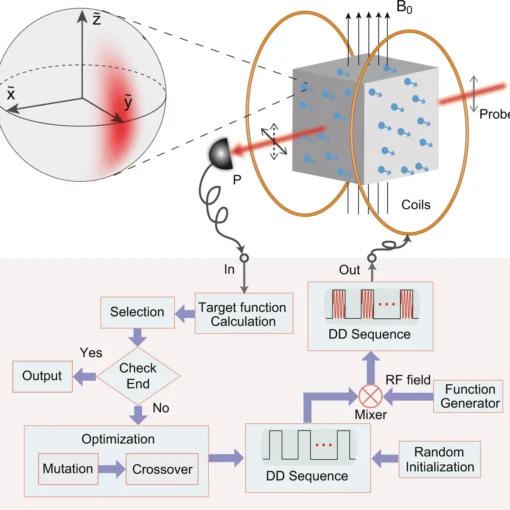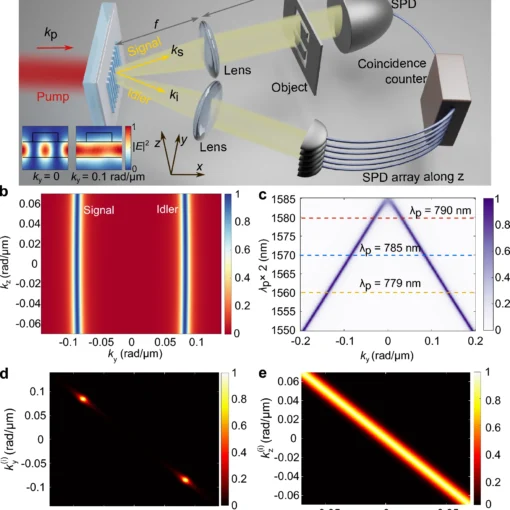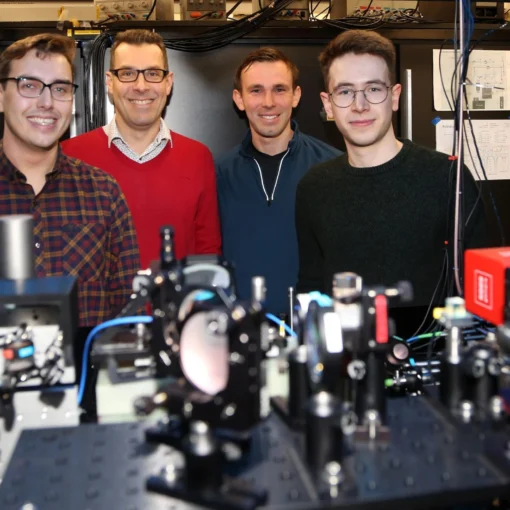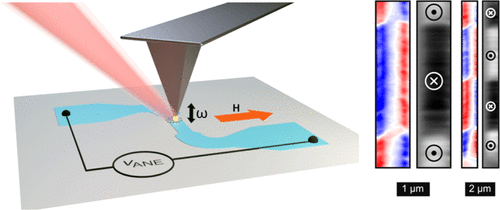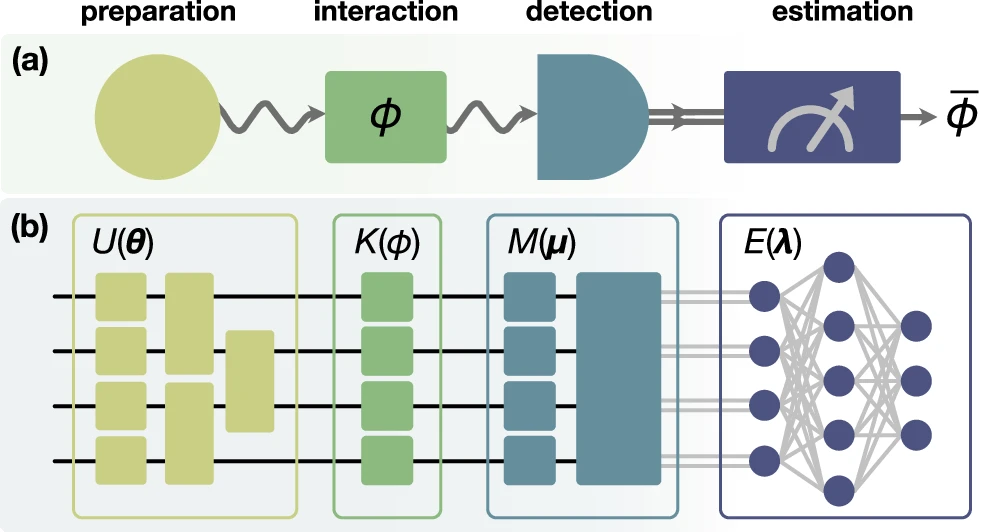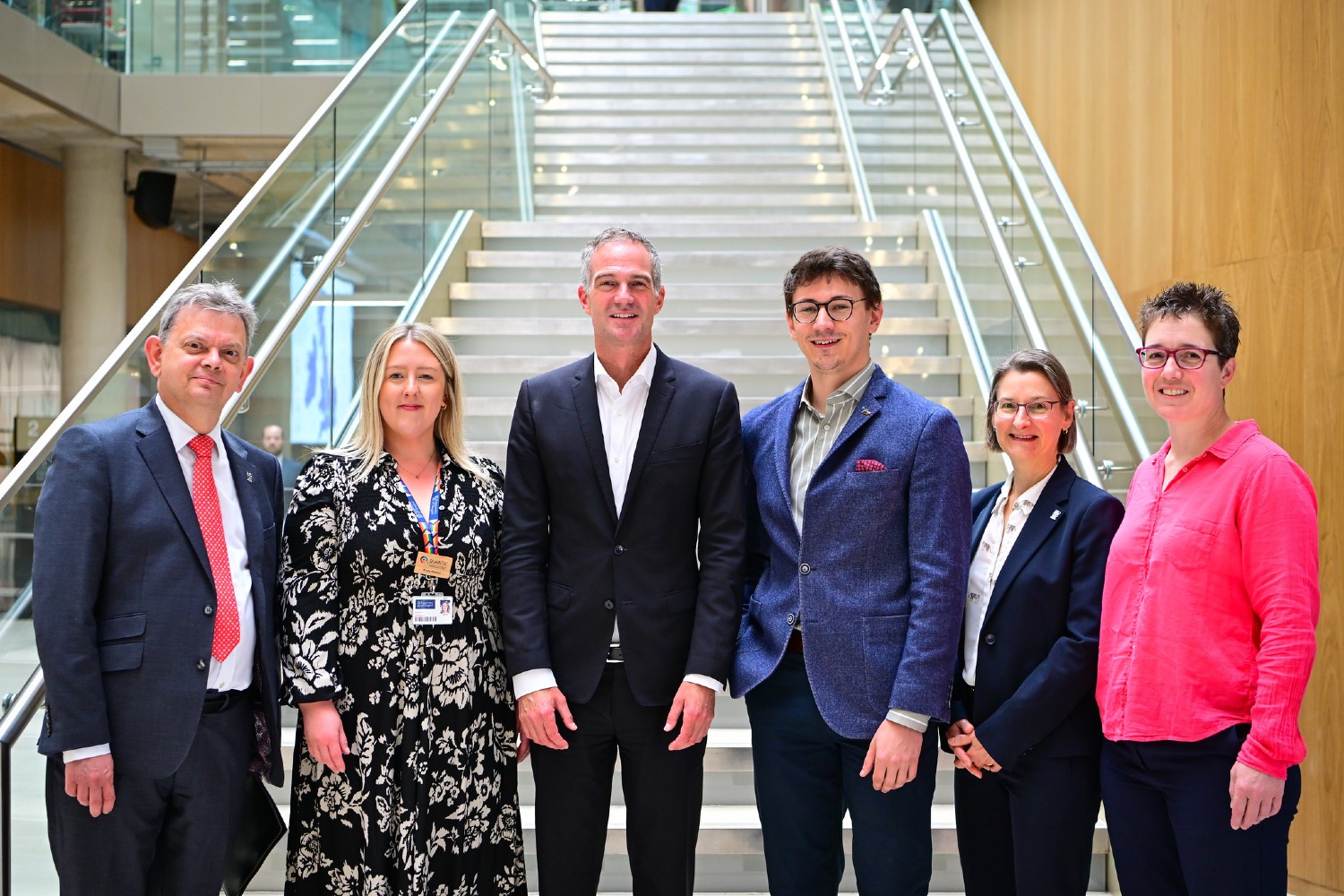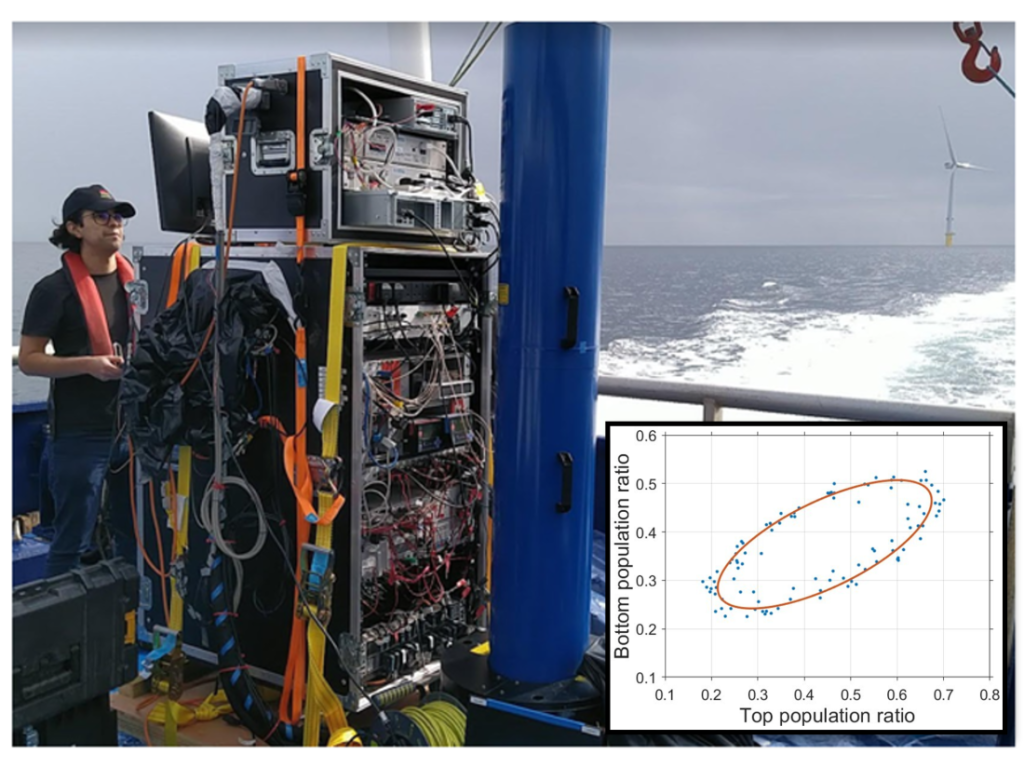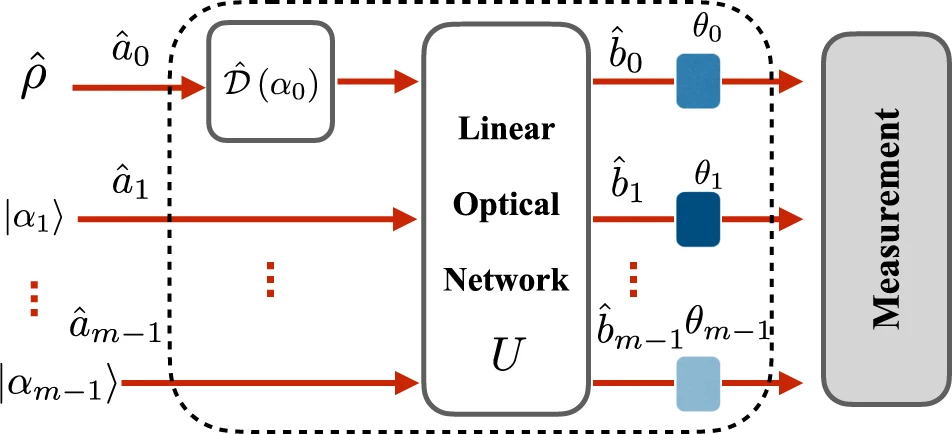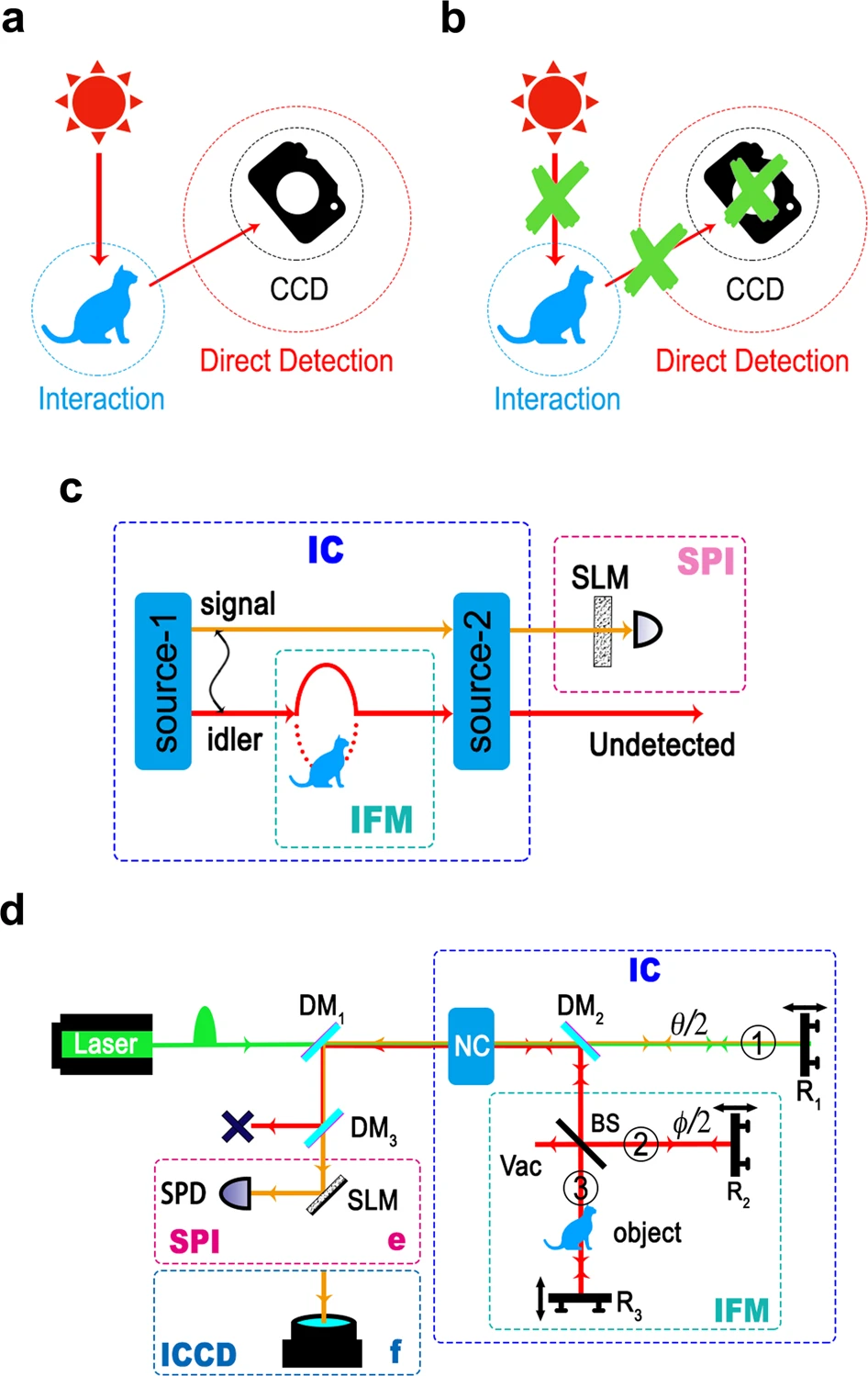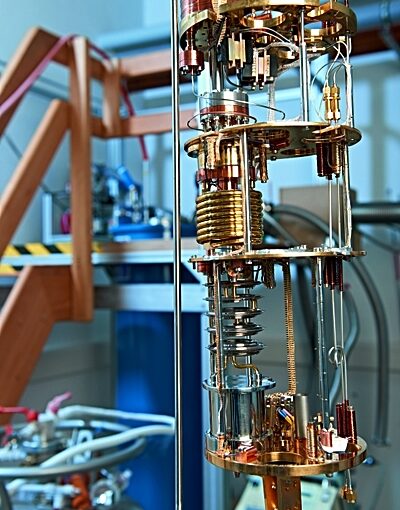
Quantum sensing with duplex qubits of silicon vacancy centers in SiC at room temperature
Silicon vacancy centers in Silicon Carbide show promise as room-temperature qubits for quantum sensing applications, with researchers demonstrating that simultaneously operating both transitions in the spin-3/2 quartet through a novel duplex qubit scheme doubles the signal contrast and improves sensitivity compared to conventional single-qubit approaches.


